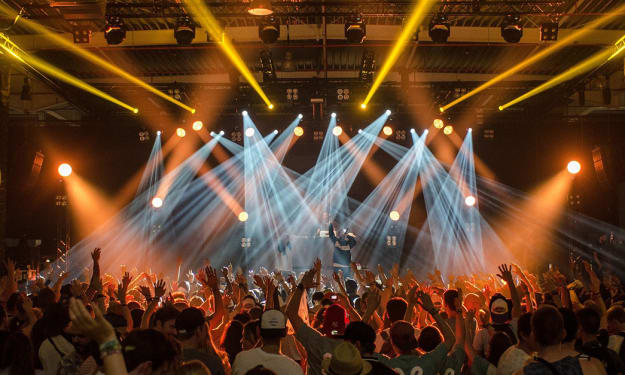The Typewriter: A Mechanical Marvel of the Past
Discovering the Mechanics and History of this Iconic Writing Machine

History of typewriters
The history of typewriters dates back to the early 1800s, when inventors first began experimenting with machines that could produce printed text mechanically. The first commercially successful typewriter was the Sholes and Glidden typewriter, which was developed by Christopher Latham Sholes, Carlos Glidden, and Samuel W. Soule in the 1860s. This typewriter used a QWERTY keyboard layout, which is still in use today.
In the late 1800s and early 1900s, typewriters became increasingly popular and were widely used in offices, government buildings, and homes. Manufacturers such as Remington, Underwood, and Smith-Corona produced millions of typewriters, each with its own unique design and features.
Typewriters underwent several important technological advances during this time. For example, the introduction of the electric typewriter in the 1920s made typing faster and easier, while the introduction of the IBM Selectric typewriter in the 1960s introduced a revolutionary new "golf ball" typing mechanism that improved typing speed and accuracy.
In the late 20th century, typewriters began to be replaced by computers, which offered greater versatility and flexibility. Today, typewriters are mainly used by collectors, writers, and artists who appreciate the tactile experience of typing on a mechanical keyboard.
Despite their decline in popularity, typewriters continue to hold an important place in the history of technology and communication. They played a key role in the development of modern office culture, and their impact on literature, journalism, and other forms of written communication cannot be overstated.
Mechanics of typewriters
Typewriters are mechanical machines that operate using a complex system of levers, keys, and hammers. When a typist presses a key, a series of levers and springs are activated, causing a typebar to strike an inked ribbon and leave an impression on a sheet of paper.
Here are the basic components of a typical typewriter:
Keyboard: The keyboard is the part of the typewriter that the typist uses to enter text. It consists of a row of keys that are arranged in a QWERTY layout, with each key corresponding to a specific letter, number, or symbol.
Typebars: The typebars are metal rods that are mounted on a rotating segment called the type basket. Each typebar has a raised letter or symbol at its end, and is positioned in front of an inked ribbon and a sheet of paper.
Ribbon: The ribbon is a strip of inked fabric that runs between the typebars and the paper. When a typebar strikes the ribbon, it leaves an impression of the corresponding letter or symbol on the paper.
Carriage: The carriage is the part of the typewriter that holds the paper and moves it across the platen, which is a cylindrical roller that helps to feed the paper through the machine.
Return lever: The return lever is a mechanism that moves the carriage back to the starting position after the typist has finished typing a line of text.
Tabulator: The tabulator is a mechanism that allows the typist to set tabs at specific points on the paper, so that they can easily skip to those points when typing.
Shift keys: The shift keys are used to access capital letters, numbers, and other symbols that are not part of the main keyboard layout.
Spacebar: The spacebar is used to move the carriage to the next space on the paper.
Backspace key: The backspace key is used to move the carriage backwards, so that the typist can correct errors or make changes to the text.
These are the basic components of a typical typewriter, although the exact design and features may vary depending on the make and model of the machine. Understanding the mechanics of typewriters can provide insight into how these machines work and how they have contributed to the development of modern communication technology.
Typewriters in popular culture
Typewriters have been featured in many movies, books, and TV shows over the years, often as a symbol of a bygone era. They have also been used as a creative tool by writers, poets, and artists, and continue to have a nostalgic appeal for many people.
About the Creator
Enjoyed the story? Support the Creator.
Subscribe for free to receive all their stories in your feed. You could also pledge your support or give them a one-off tip, letting them know you appreciate their work.





Comments (1)
Good😍